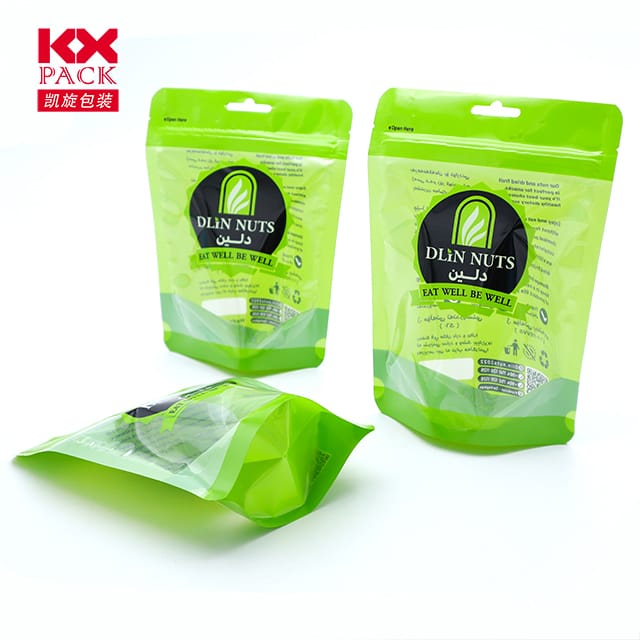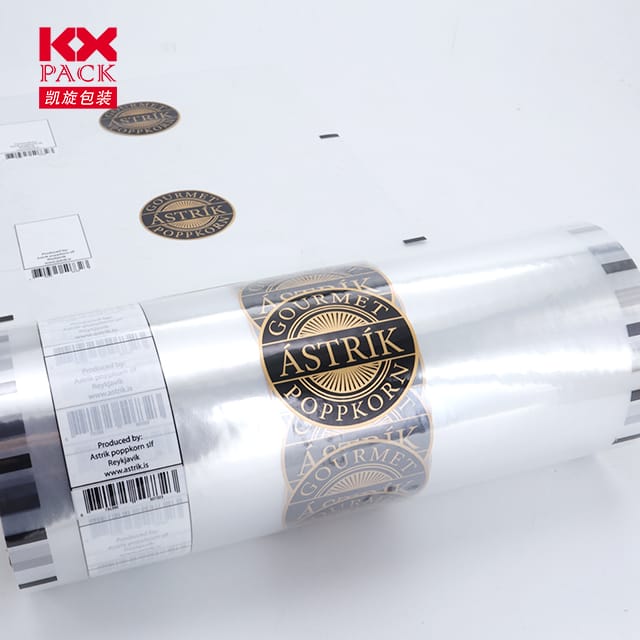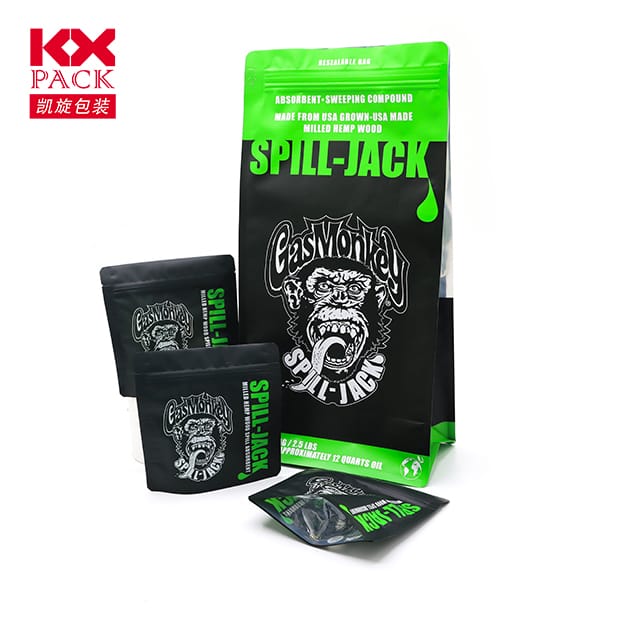The Evolution and Impact of Plastic Packaging Films: Balancing Functionality and Sustainability
پلاسٹک پیکیجنگ فلمیں
In today’s fast-paced consumer landscape, plastic packaging films have become ubiquitous, silently safeguarding everything from fresh produce to electronics. These versatile materials, known for their lightweight durability, نمی مزاحمت, and cost-efficiency, have revolutionized how products reach consumers. پھر بھی, their environmental footprint has sparked heated debates. Let’s unpack the world of plastic packaging films—exploring their benefits, چیلنجز, and the innovative strides toward a greener future.
1. The Workhorses of Modern Packaging
Plastic packaging films, پولی تھیلین سمیت (PE), پولی پروپیلین (پی پی), and polyester (پی ای ٹی), are engineered to meet diverse needs.
- کھانے کا تحفظ: Films like BOPP (biaxially اورینٹڈ پولی پروپلین) are staples in snack packaging, offering transparency, نمی کی رکاوٹیں, and printability. مثال کے طور پر, potato chip bags rely on multi-layered films to maintain crispness and shelf life.
- Agricultural Applications: ایل ڈی پی ای (Low-Density Polyethylene) films shield crops from pests and weather, extending growing seasons and reducing food waste before harvest.
- Industrial and Medical Uses: Stretch films secure pallets during transit, while sterilized medical-grade films protect surgical instruments.
Their adaptability across industries underscores their indispensability—but at what cost?
2. The Environmental Paradox
While plastic films excel in performance, their drawbacks are hard to ignore:
- سنگل استعمال کا فضلہ: A staggering 36% of all plastic produced globally is used in packaging, much of it discarded after a single use. Films like cling wrap or shopping bags often end up in landfills or oceans, taking centuries to decompose.
- ری سائیکلنگ رکاوٹیں: Many films are challenging to recycle due to contamination, multi-layer compositions, or lack of infrastructure. مثال کے طور پر, composite films used in coffee packaging (جیسے, foil-lined pouches) are rarely accepted in curbside programs.
- Microplastic Pollution: Degraded films fragment into microplastics, infiltrating ecosystems and even human food chains.
3. Innovations Driving Sustainability
The packaging industry is racing to address these challenges with cutting-edge solutions:
- بائیوڈیگریڈ ایبل اور کمپوسٹ ایبل فلمیں: کمپنیاں پسند کرتی ہیں TIPA Corp اور Novamont are pioneering compostable films made from plant-based materials (جیسے, corn starch or algae). These break down in industrial composting facilities within weeks, offering a viable alternative to traditional plastics.
- Recyclable Mono-Material Films: Brands are shifting to single-polymer films (جیسے, 100% PE or PP) to improve recyclability. مثال کے طور پر, ProAmpac’s ProActive Recyclable films are designed for easy sorting and reprocessing.
- Chemical Recycling Breakthroughs: Advanced recycling technologies, such as pyrolysis, convert mixed plastic waste into fuels or raw materials for new films, closing the loop on circularity.
- Barrier Coatings from Nature: Innovators are using chitosan (from crustacean shells) یا cellulose nanofibers to create biodegradable barriers, reducing reliance on fossil-fuel-based chemicals.
4. Consumer and Corporate Responsibility
The transition to sustainable packaging isn’t just a manufacturer’s job—consumers and policymakers play pivotal roles:
- Educating Shoppers: Clear labeling (جیسے, “Home Compostable” vs. “Recyclable”) and awareness campaigns can reduce contamination in recycling streams.
- Corporate Commitments: Giants like Unilever اور Nestlé have pledged to slash virgin plastic use and invest in recyclable/compostable packaging by 2025.
- Policy Levers: Extended Producer Responsibility (EPR) laws in the EU and U.S. hold brands accountable for waste, incentivizing eco-design.
5. آگے کی سڑک: A Hybrid Approach
While no single solution will solve the plastic crisis, a hybrid approach shows promise:
- دوبارہ استعمال کے قابل نظام: Refill stations and returnable packaging (جیسے, Loop’s durable containers) minimize single-use waste.
- سمارٹ فلمیں: Temperature-sensitive or RFID-tagged films could optimize supply chains, reducing over-packaging.
- Global Collaboration: Cross-industry partnerships (جیسے, the Ellen MacArthur Foundation’s New Plastics Economy) are accelerating innovation and standardization.
نتیجہ: Rethinking the Role of Plastic Films
Plastic packaging films are here to stay—but their future must be redefined. By prioritizingrecyclability, compostability, and reduced material use, the industry can curb its environmental impact without sacrificing functionality.
As consumers, we hold power too: Choose brands committed to sustainability, recycle diligently, and advocate for systemic change. After all, the films that wrap our daily lives should protect both our products and our planet.
What’s your take on plastic packaging films? Share your thoughts or tips for sustainable swaps below! 🌍🛍️♻️
کلیدی الفاظ: plastic packaging films, استحکام, biodegradable packaging, recycling, circular economy, food packaging, environmental impact.






